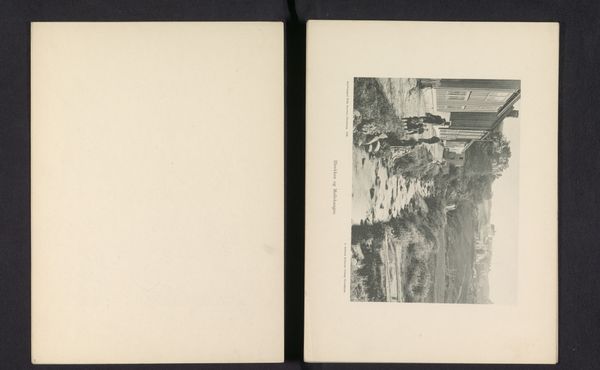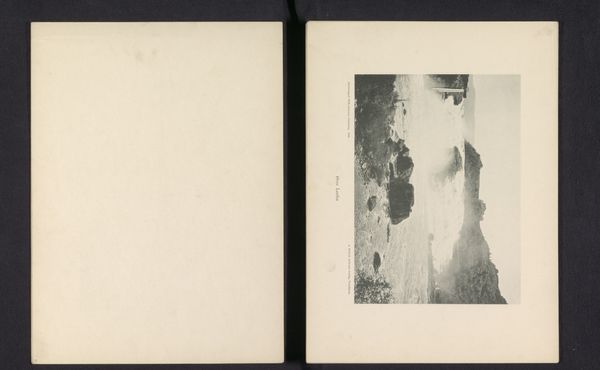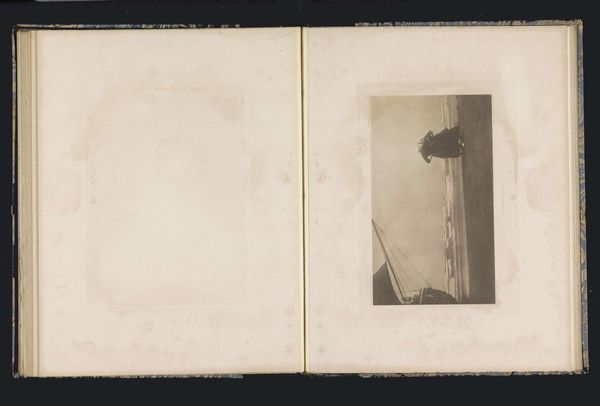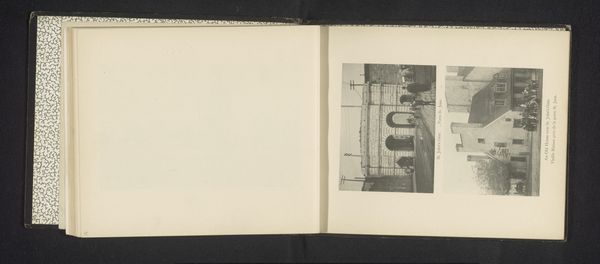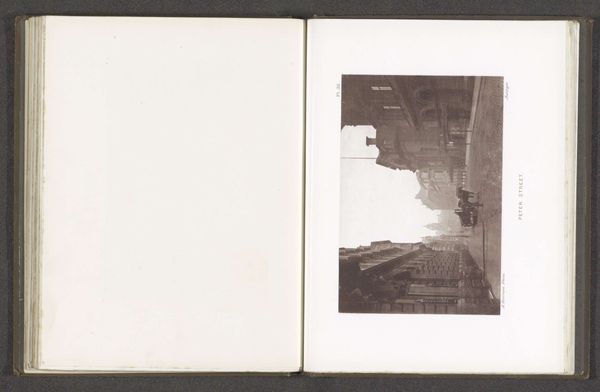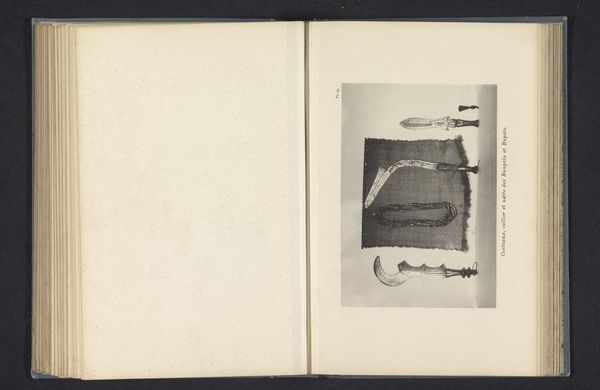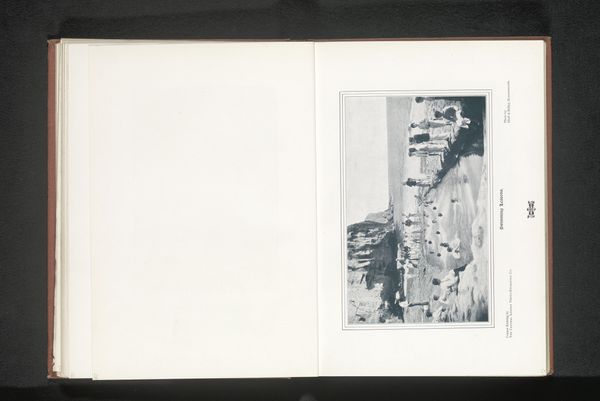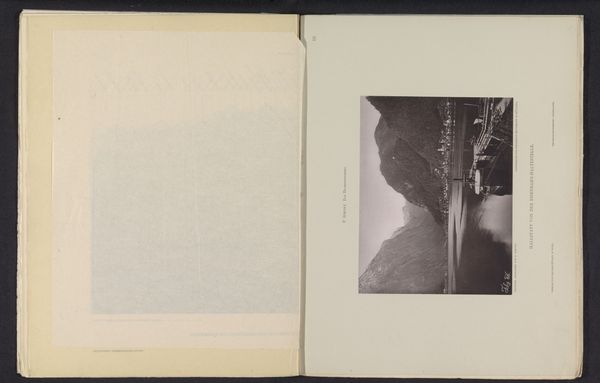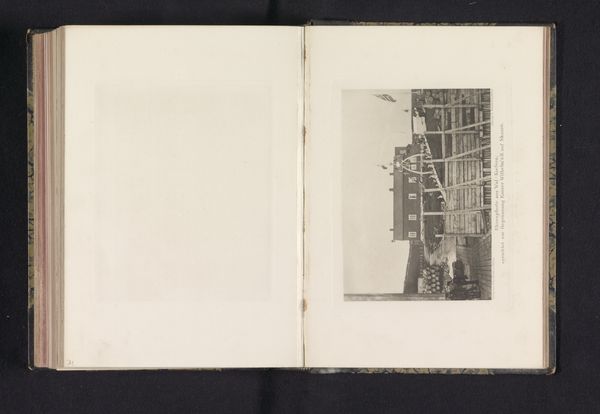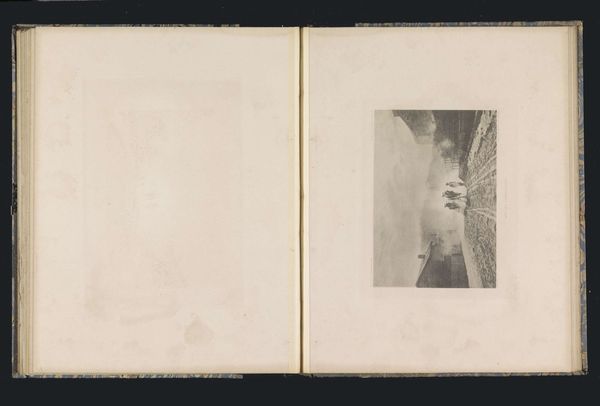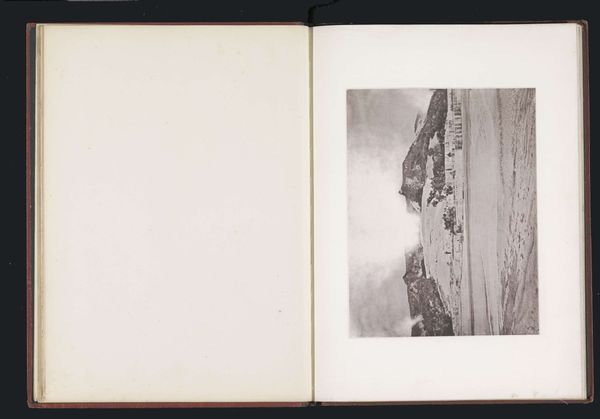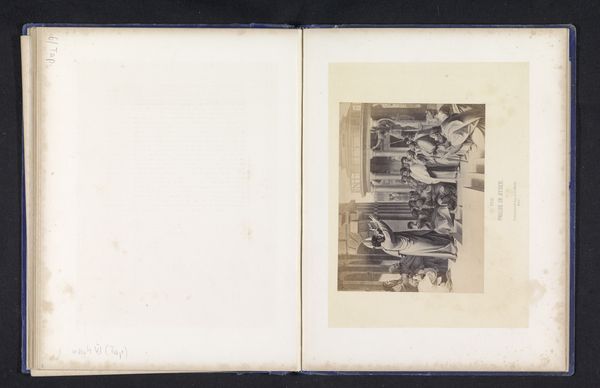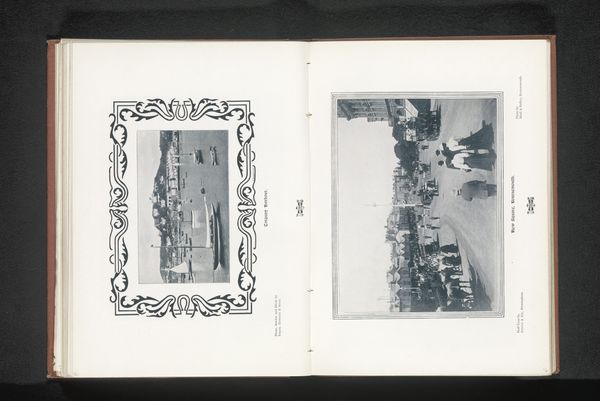
photography, site-specific
#
landscape
#
street-photography
#
photography
#
geometric
#
site-specific
#
cityscape
Dimensions: image/sheet (each): 19.05 × 24.13 cm (7 1/2 × 9 1/2 in.) mount: 50.8 × 71.12 cm (20 × 28 in.) mat: 55.88 × 71.12 cm (22 × 28 in.)
Copyright: National Gallery of Art: CC0 1.0
Editor: This photograph, titled "Details at the Foot of the Washington Monument," was taken by Robert Cumming in 1975. It's presented as two images side-by-side. One shows a close up of the monument’s base with a ghostly shadow of Cumming taking the photo, while the other shows the full monument. I’m struck by the juxtaposition, especially how it makes you aware of the photographic process itself. How do you interpret this work? Curator: It's interesting how Cumming, working in 1975, implicates himself in the image, isn't it? The shadow immediately forces us to consider the act of image-making itself. The Washington Monument, of course, carries incredible weight as a symbol of American power and identity. What effect do you think that duality has on viewers? Editor: It almost feels like a commentary on the monument itself. The detailed view makes it very material—just stone blocks, while the broader shot captures its imposing presence, like it critiques the idea of monumentalizing history. Curator: Precisely. Cumming’s photograph is also occurring in a moment where there’s increasing skepticism toward institutions and political structures. We're moving into a post-Vietnam, Watergate era. Does framing the monument this way – with a focus on detail and the photographic act - seem to challenge or reinforce these kinds of traditional values? Editor: I see what you mean. The work refuses a purely celebratory or reverent portrayal. It asks us to think about what we're seeing, whose perspective we are seeing it from. Curator: Right. It uses the monument, and the way we photograph monuments, to make us question power and perspective, doesn't it? So much is embedded here. Editor: I never considered how historical context so deeply intertwined with something that seems so straightforward on the surface. Thanks! Curator: My pleasure. Thinking about that socio-political landscape really enriches how we experience art, doesn’t it?
Comments
No comments
Be the first to comment and join the conversation on the ultimate creative platform.
